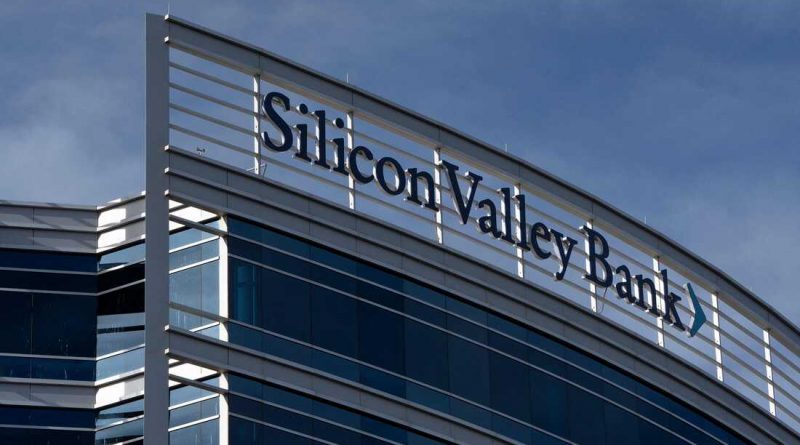Who Is to Blame for SVB?
Jacob Hummel
Staff Writer
The recent collapse of Silicon Valley Bank, one of the top 20 largest American commercial banks, sent shockwaves throughout the banking industry. Trust in the American banking system was shaken across the board, raising questions regarding who was at fault for the collapse. Majority have directed the blame towards two parties: The Federal Reserve, and the executives at SVB.
To answer this question of who is to blame, it is important to first understand the composition of SVB. A large number of the bank’s depositors were tech startups. SVB provided financing for almost half of the U.S. venture-backed technology and healthcare companies. In an attempt to battle the historic inflation, the Federal Reserve has been rapidly increasing interest rates. This higher borrowing cost sank stock prices of many tech companies that had benefited SVB in the past. In addition, SVB was heavily invested in long term mortgage-backed securities, which drastically decreased in value due to the increased interest rates. SVB was forced to sell $21 billion in government bonds at a $1.8 billion loss, causing depositors to scramble and withdraw more than $40 billion from SVB, toppling the bank.
Clearly a main contributor to the collapse was the Fed’s aggressive actions on interest rates. It is a known principle that the raising of interest rates can diminish the value of long term debt, causing many to argue that the Fed should have foreseen the results of their actions and taken a more measured approach to the situation.

On the other hand, SVB’s management has also come under extreme scrutiny from the public. Many economists argue that SVB should have been prepared for an increase in interest rates, as that is the primary tool of the Fed to combat the rampant inflation. In addition, their lack of diversity among clients made them extremely vulnerable for something like this to happen. To make matters worse, as the chaos was unfolding, SVB disclosed the bank’s poor financial position to the public, worsening the scramble to withdraw holdings before a survival plan was even put into place.
Many have thrown the blame outside the two parties and pointed at exterior forces like social media. The panic caused the withdraws to spread like wildfire on social media apps like Twitter, drastically increasing the process of the bank’s collapse. This is a new element, not previously dealt with in bank crises of the past, like 2008.
The blame for the crisis at Silicon Valley Bank, simply might not belong simply to one party. Each party involved was dealt an unideal hand due to the volatile economy. However, that isn’t to say the situation wasn’t mismanaged. As the war against inflation continues, it will be interesting to see how the Fed and banking executives act moving forward to avoid another disaster.
Contact Jacob at jacob.hummel@student.shu.edu

